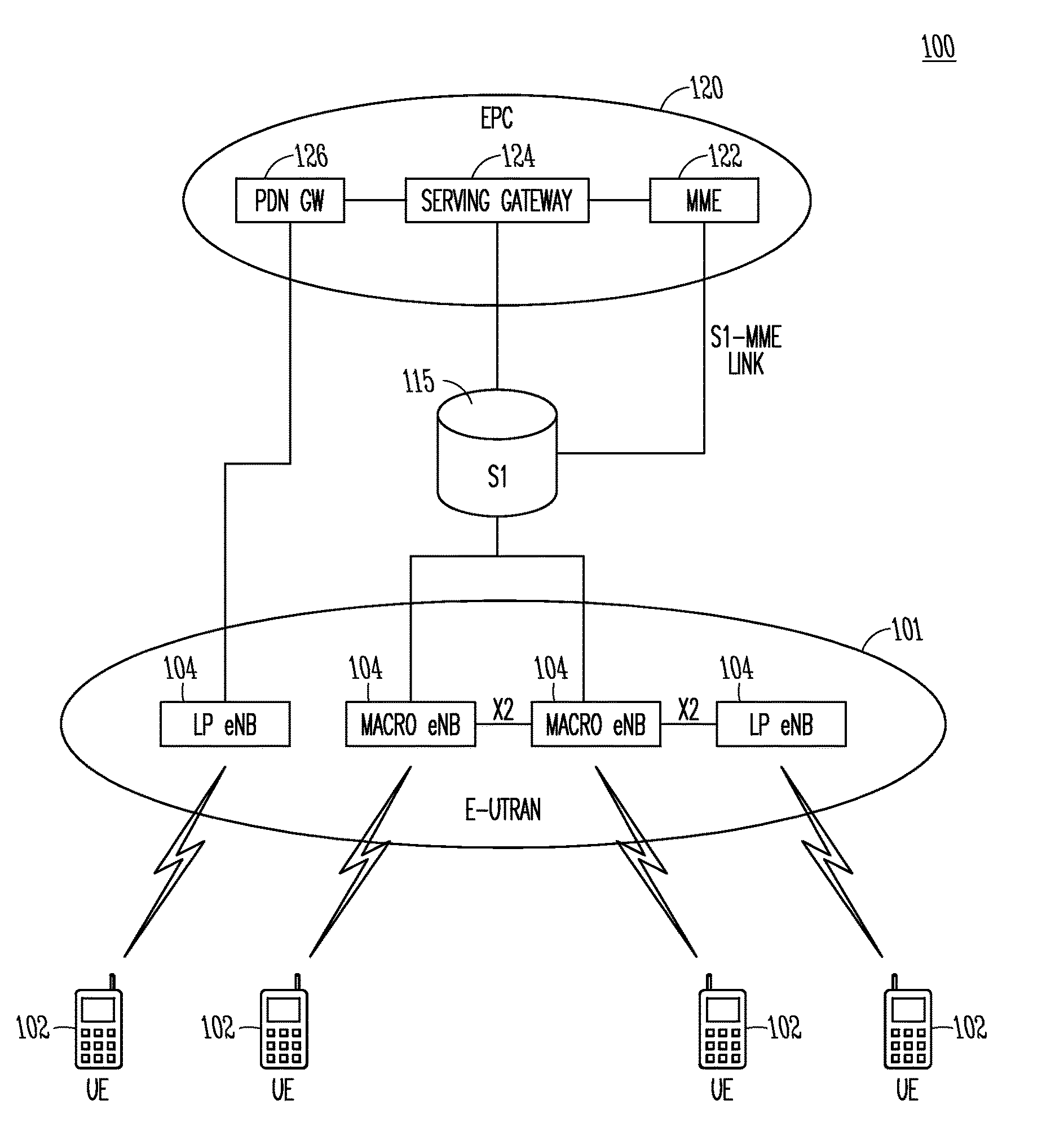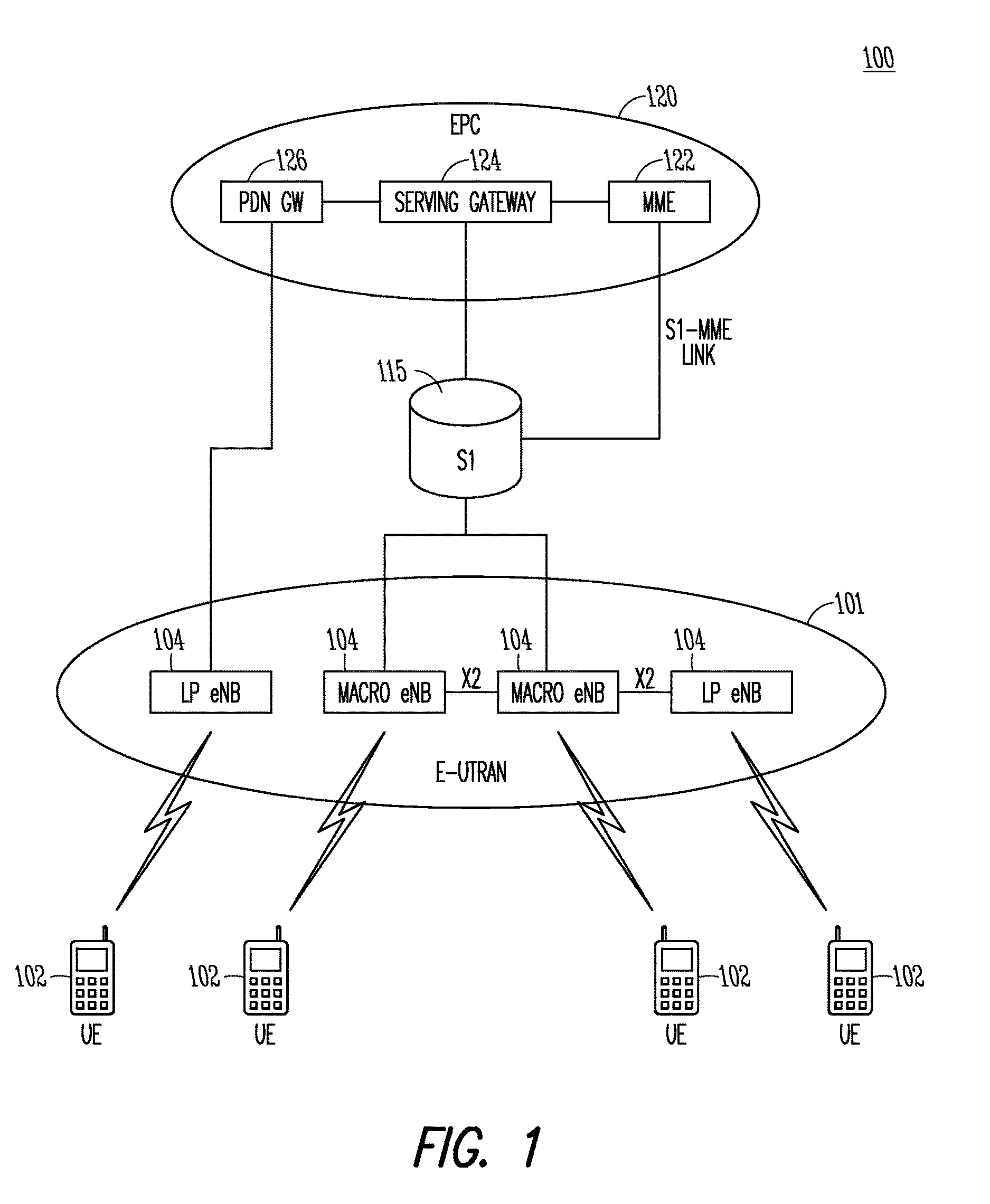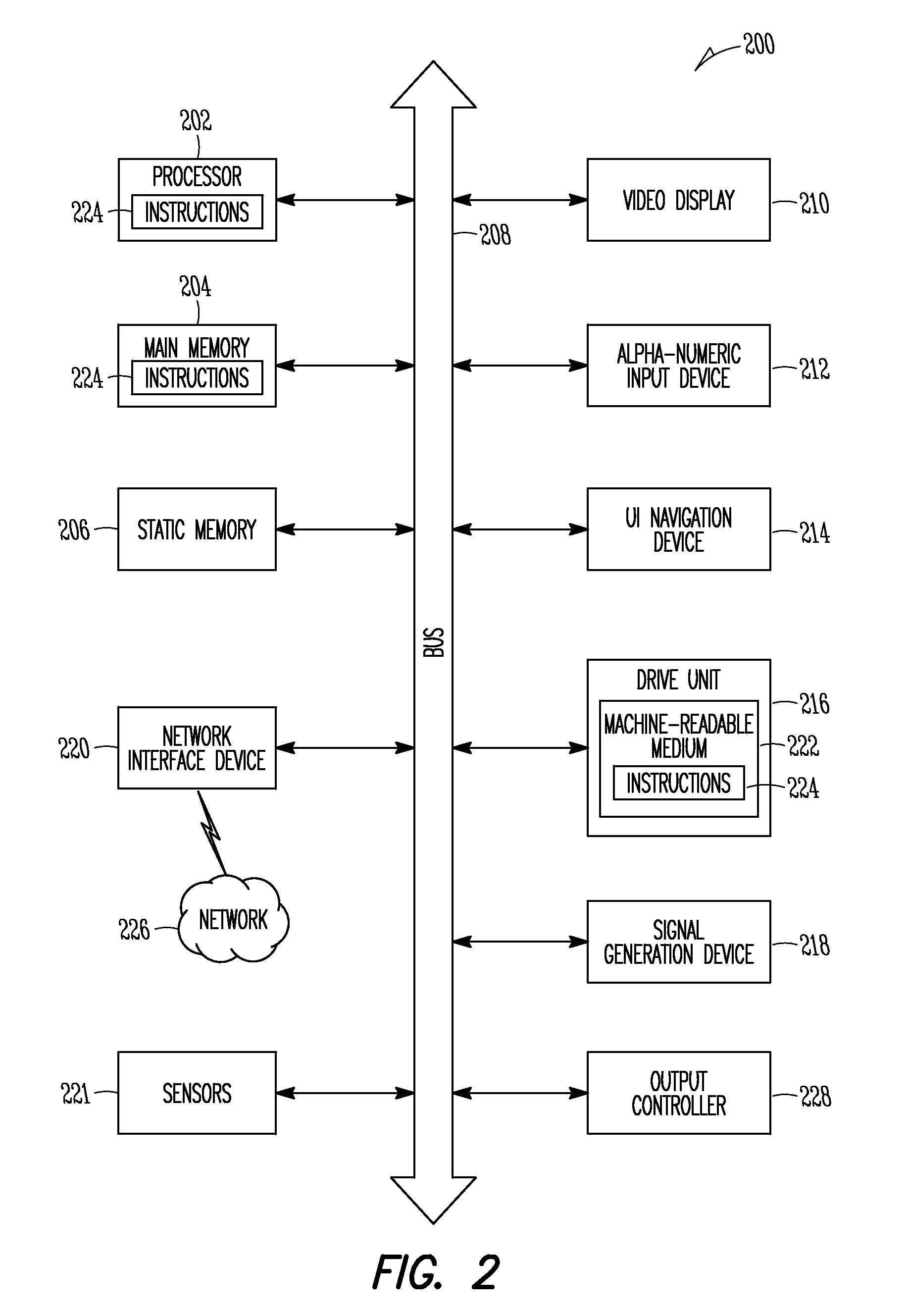Device, system and method of ofdma full-duplex communication
a full-duplex communication and device technology, applied in the field of radio access networks, can solve the problems of inability to make adequate use of the available spectrum across the existing types of wireless devices, incur overhead, and lack of spectrum resources
- Summary
- Abstract
- Description
- Claims
- Application Information
AI Technical Summary
Benefits of technology
Problems solved by technology
Method used
Image
Examples
example 2
[0047 can include the subject matter of Example 1 and optionally include that the bandwidth is based on channel conditions to be used for the full-duplex communications with the AP and an amount of data for at least one of the uplink transmission and the downlink transmission.
example 3
[0048 can include the subject matter of one or any combination of Examples 1-2 and optionally include that the bandwidth is based on the amount of data for the downlink transmission and is free from being based on the amount of data for the uplink transmission.
example 4
[0049 can include the subject matter of one or any combination of Examples 1-3 and optionally include that an expected transmission time of the amount of data for the at least one of the uplink transmission and downlink transmission using a unit bandwidth divided by the bandwidth is set by the AP to be a predetermined value.
PUM
 Login to View More
Login to View More Abstract
Description
Claims
Application Information
 Login to View More
Login to View More - R&D
- Intellectual Property
- Life Sciences
- Materials
- Tech Scout
- Unparalleled Data Quality
- Higher Quality Content
- 60% Fewer Hallucinations
Browse by: Latest US Patents, China's latest patents, Technical Efficacy Thesaurus, Application Domain, Technology Topic, Popular Technical Reports.
© 2025 PatSnap. All rights reserved.Legal|Privacy policy|Modern Slavery Act Transparency Statement|Sitemap|About US| Contact US: help@patsnap.com



